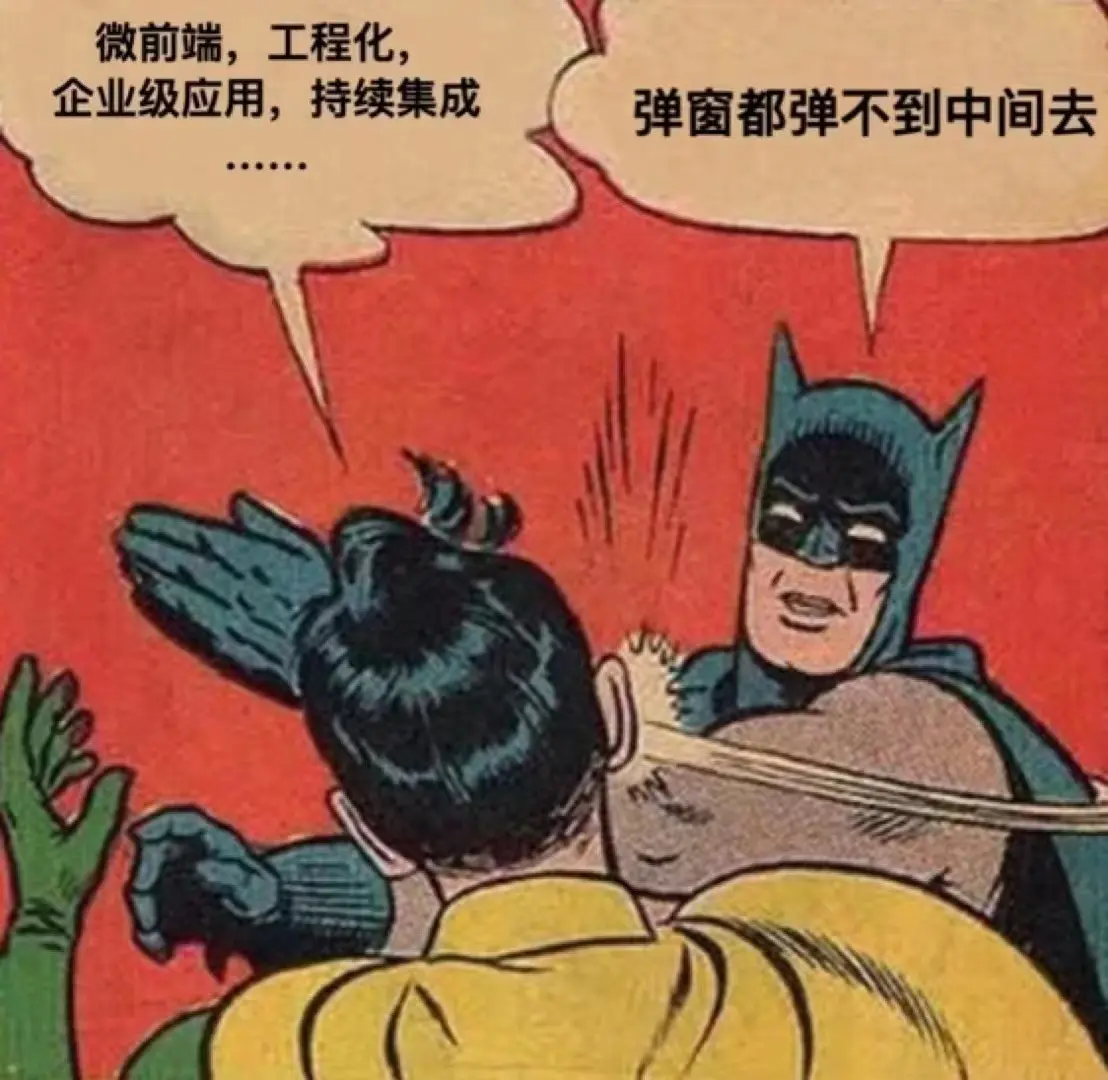CSS 实现居中的方式

水平
行内元素
如果是 inline、 inline-block、 inline-table、 inline-flex 的元素(如文本或链接),可以为其增加一个块级父元素,并设置为:
.center {
text-align: center;
}
2
3
块级元素(单个)
如果是单个块级元素,可将 margin-left 和 margin-right 都设置为 auto (此时该元素有 width 属性,否则它将撑满整行而不需要居中)。通常简写为:
.center-me {
margin: 0 auto;
}
2
3
不管 width 为多少都会生效,但不要使用 float 来居中。
块级元素(多个)
如果是多个块级元素在水平方向上的一行居中,可以先把其设置为 inline-block。
.inline-block-center {
text-align: center;
background-color: #EEE;
}
.inline-block-center div {
display: inline-block;
text-align: left;
background-color: var(--c-brand);
margin: 20px;
max-width: 150px;
color: #FFF;
}
2
3
4
5
6
7
8
9
10
11
12
<div class="inline-block-center">
<div>轻轻的我走了, 正如我轻轻的来; 我轻轻的招手, 作别西天的云彩。</div>
<div>那河畔的金柳, 是夕阳中的新娘; 波光里的艳影, 在我的心头荡漾。</div>
</div>
2
3
4
也可以使用 flexbox 布局
.flex-center {
display: flex;
justify-content: center;
}
2
3
4
如果是在垂直方向上的一列居中,auto margin 的方式仍然有效。
垂直
行内元素(单行)
有些情况下,行内垂直居中仅仅需要将其上下 padding 设为相同的值:
.link {
padding-top: 30px;
padding-bottom: 30px;
}
2
3
4
无法使用 padding 的时候,如果是不换行的文本,可以将其 line-height 和 height 设置为同高:
.center-text {
height: 100px;
line-height: 100px;
white-space: nowrap;
}
2
3
4
5
行内元素(多行)
对于多行文本,上下同 padding 的方法仍然可用。如果不生效,那可能当前文本正处在 <table> 或类似表格的单元格中,此时使用 vertical-align 属性即可:
table {
width: 240px;
height: 250px;
}
table td {
padding: 20px;
border: 10px solid white;
vertical-align: middle; /* 默认值 */
}
.center-table {
display: table;
height: 250px;
width: 240px;
}
.center-table p {
display: table-cell;
padding: 20px;
border: 10px solid white;
vertical-align: middle;
}
2
3
4
5
6
7
8
9
10
11
12
13
14
15
16
17
18
19
20
21
<table>
<tr>
<td>some looooooong text</td>
</tr>
</table>
<div class="center-table">
<p>我是需要垂直居中显示的文本!</p>
</div>
2
3
4
5
6
7
8
9
也可以针对单个项目使用 flexbox 布局,此时记得给容器设置高度:
.flex-center {
display: flex;
justify-content: center;
flex-direction: column;
height: 400px;
}
2
3
4
5
6
如果以上都不行,还可以使用一个占满高度的伪元素实现:
.ghost-center {
position: relative;
}
.ghost-center::before {
content: " ";
display: inline-block;
height: 100%;
width: 1%;
vertical-align: middle;
}
.ghost-center p {
display: inline-block;
vertical-align: middle;
}
2
3
4
5
6
7
8
9
10
11
12
13
14
块级元素
对于固定高度的元素,有下面经典的实现方法:
.parent {
position: relative;
height: 200px;
}
.child {
position: absolute;
top: 50%;
width: 200px;
height: 100px;
margin-top: -50px;
}
2
3
4
5
6
7
8
9
10
11
即便不知道元素的高度,仍然可以使用该思路实现:
.parent {
position: relative;
}
.child {
position: absolute;
top: 50%;
transform: translateY(-50%);
}
2
3
4
5
6
7
8
如果不介意父元素被撑大,还可以使用 table 实现:
.parent {
height: 300px;
margin: 20px;
width: 300px;
position: relative;
padding: 20px;
display: table;
}
.child {
padding: 20px;
display: table-cell;
vertical-align: middle;
}
2
3
4
5
6
7
8
9
10
11
12
13
最后,依然是便捷的 flexbox 布局:
.parent {
display: flex;
flex-direction: column;
justify-content: center;
}
2
3
4
5
两者
通常可以联合上面的所有方式来实现两个方向同时居中。当知道元素宽高时,通常使用绝对定位并配合负 margin 的方式具备最佳的浏览器兼容性:
.parent {
position: relative;
}
.child {
width: 300px;
height: 100px;
padding: 20px;
position: absolute;
top: 50%;
left: 50%;
margin: -70px 0 0 -170px;
}
2
3
4
5
6
7
8
9
10
11
12
相应的,不知道宽高时可以使用:
.parent {
position: relative;
}
.child {
position: absolute;
top: 50%;
left: 50%;
transform: translate(-50%, -50%);
}
2
3
4
5
6
7
8
9
同样还是便捷的 flexbox 布局:
.parent {
display: flex;
justify-content: center;
align-items: center;
}
2
3
4
5
如果是单一元素,可以利用 grid 布局并使用以下小技巧:
.parent {
height: 100%;
display: grid;
}
.child {
margin: auto;
}
2
3
4
5
6
7
@ssbunny 2022-02-08
